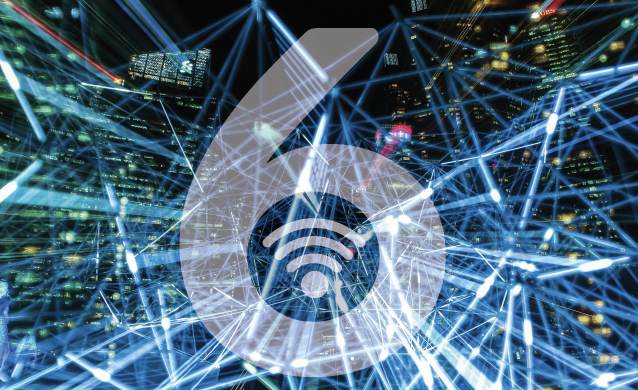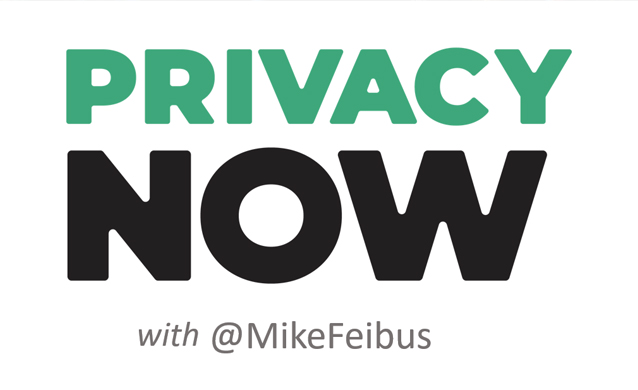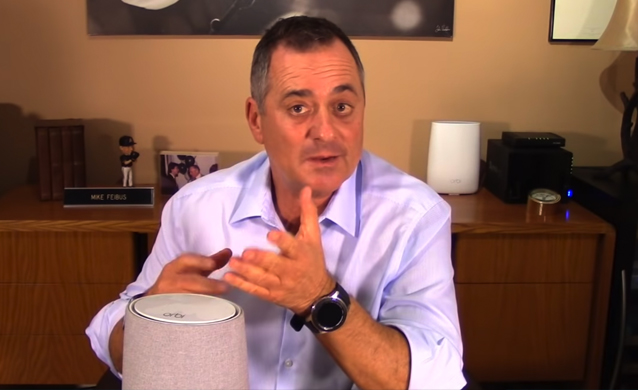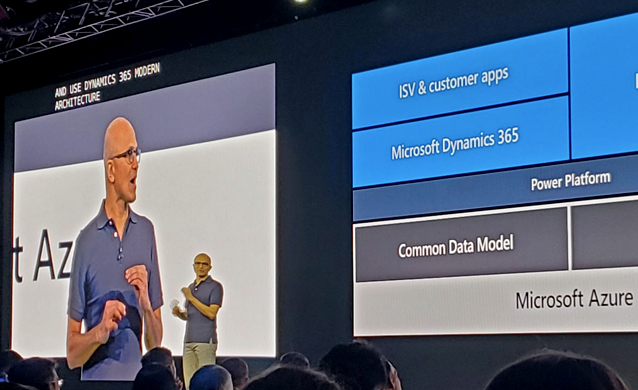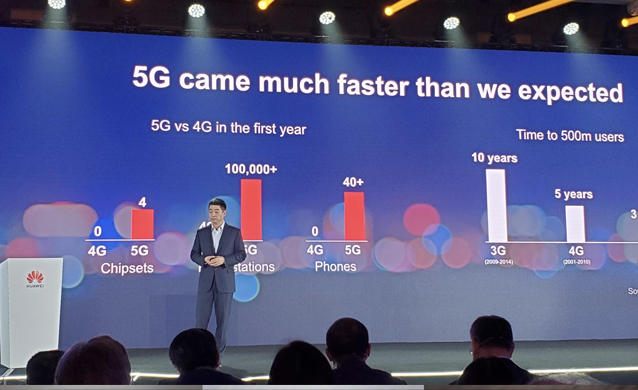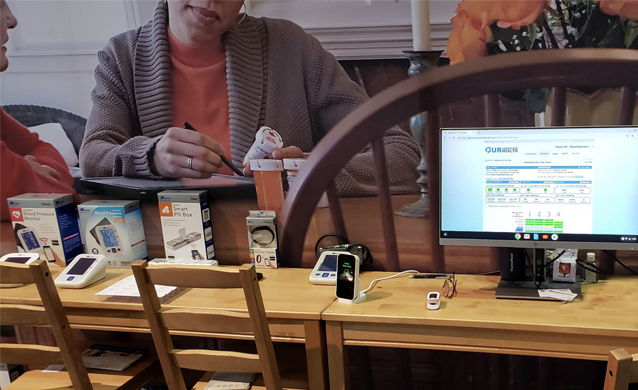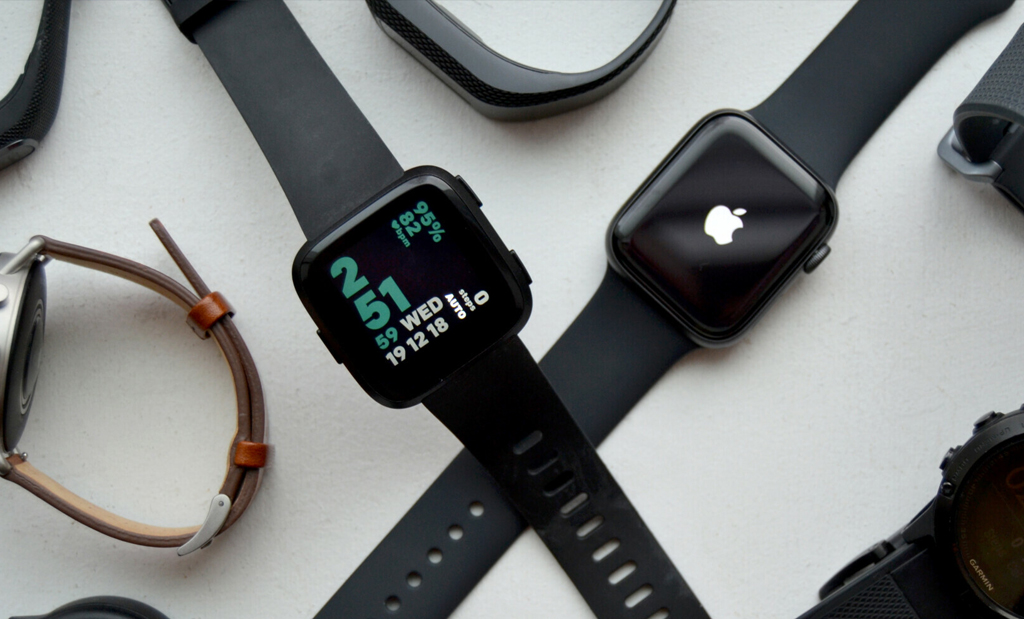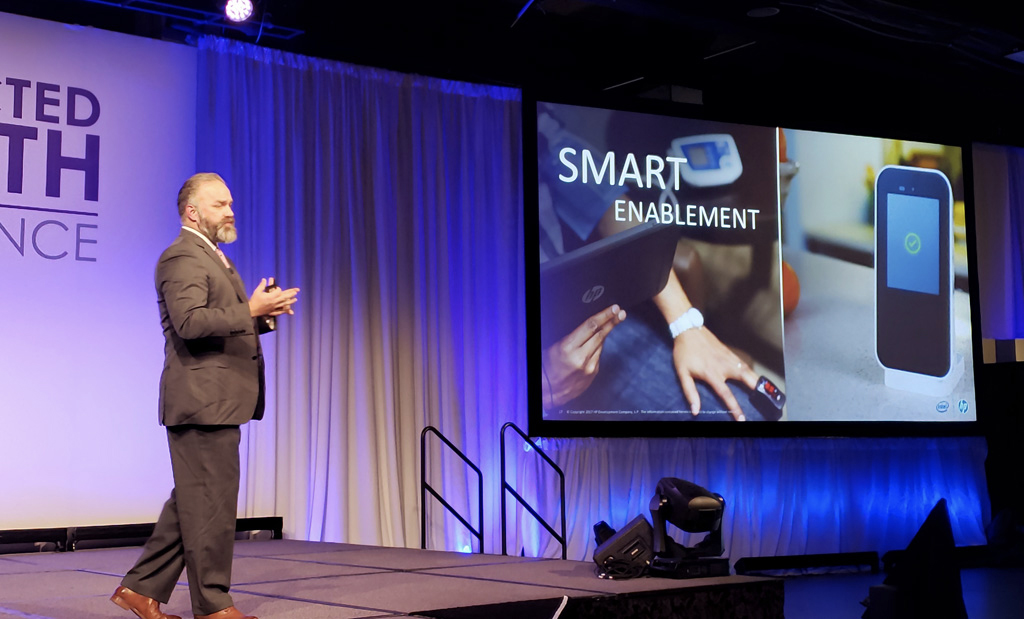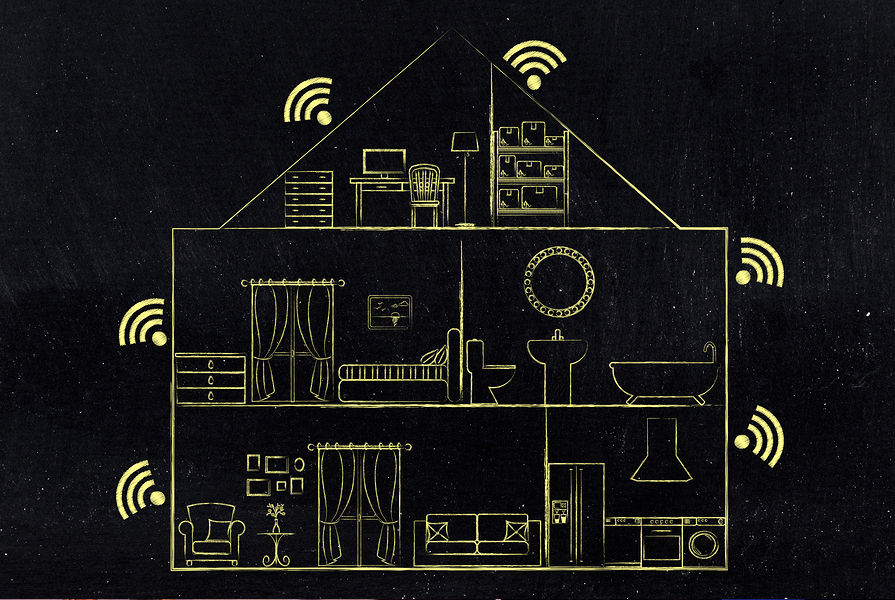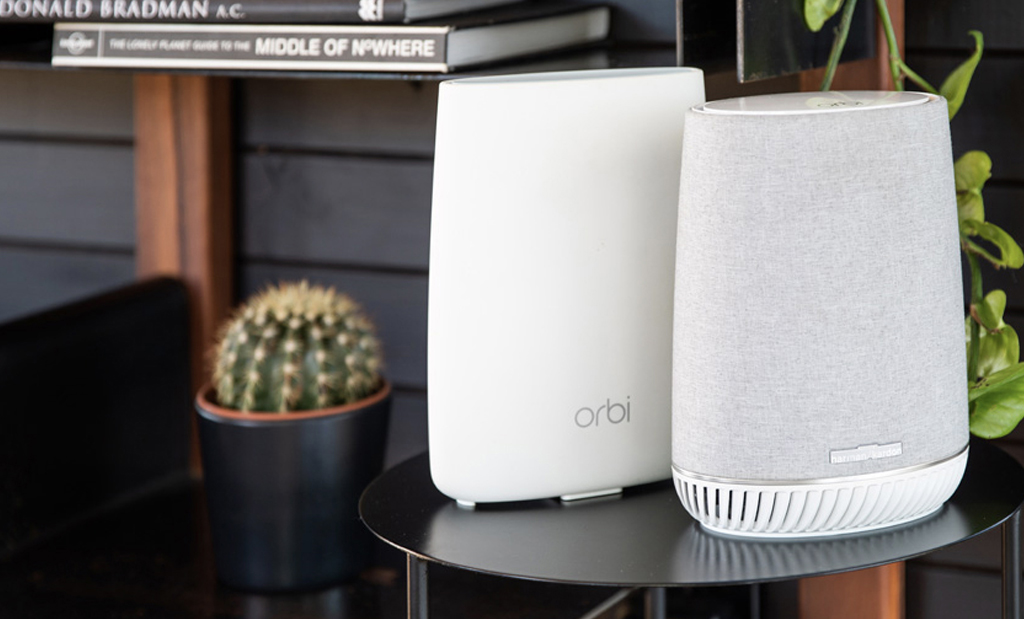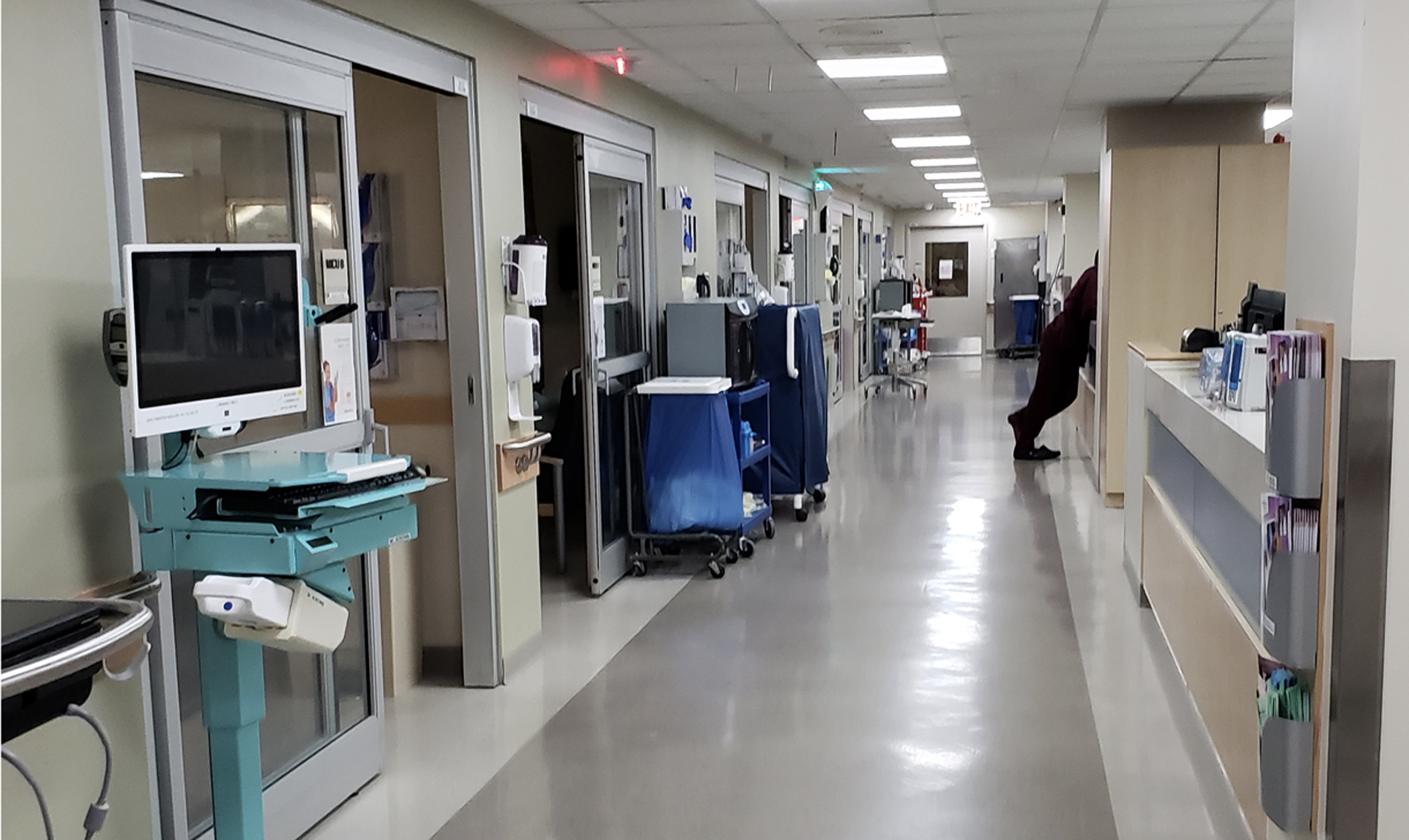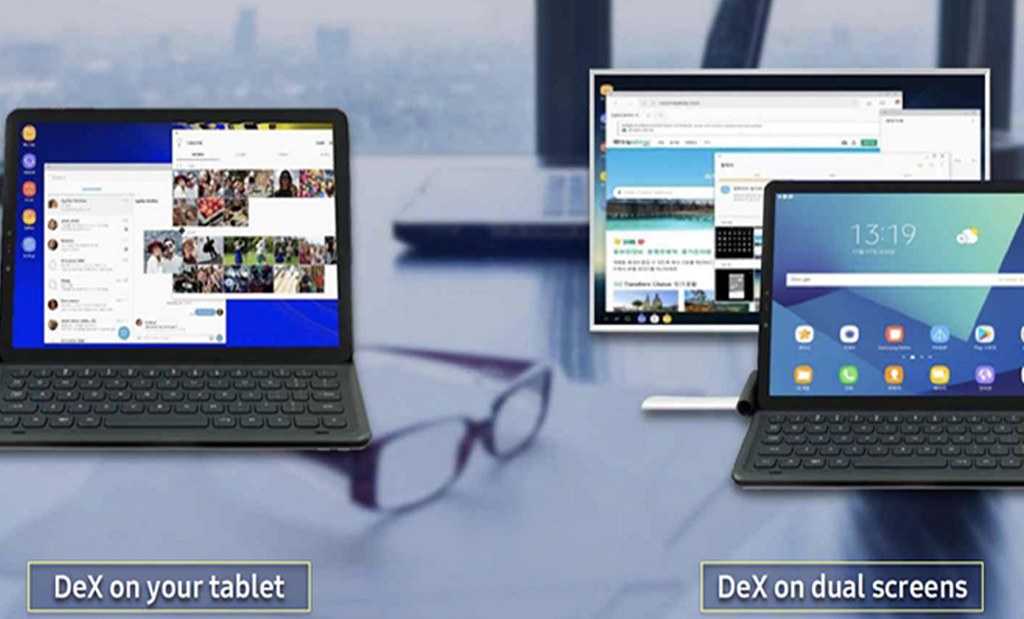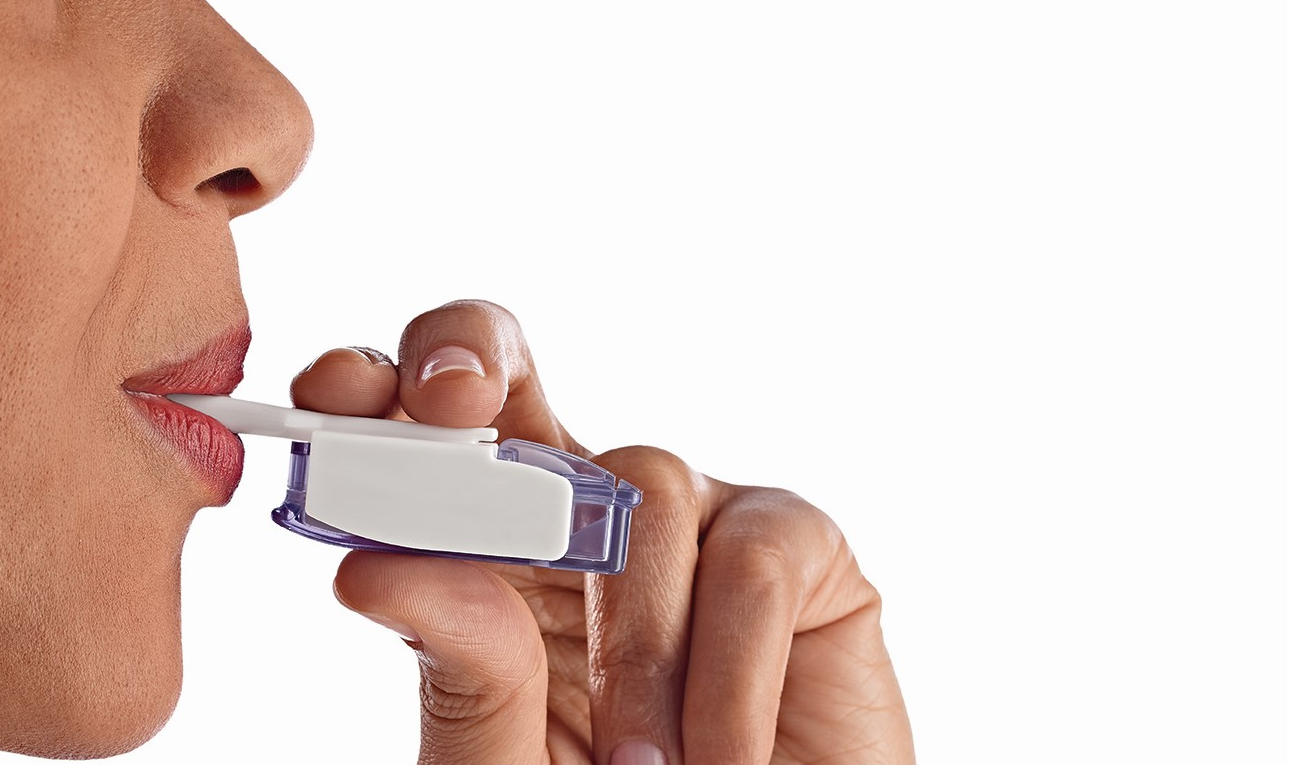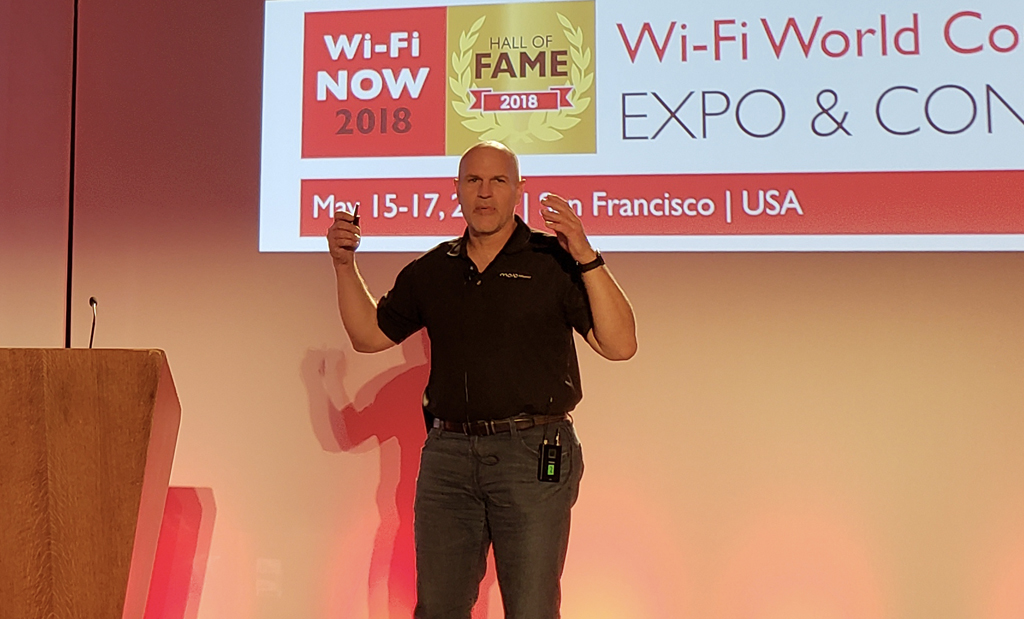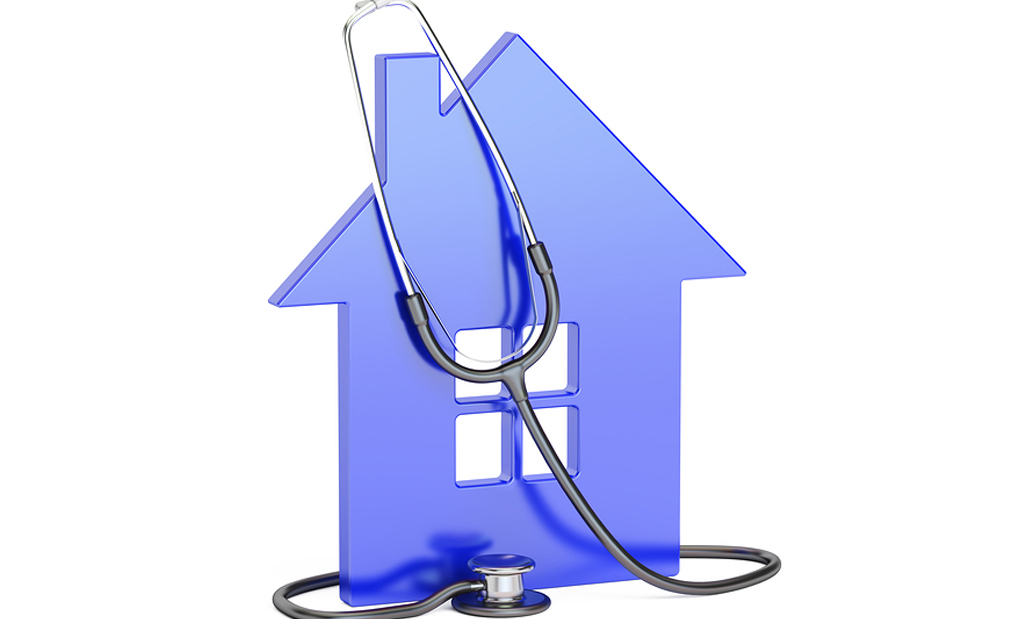Machine learning requires mounds of data to be able to characterize problems, craft and apply fixes, Mojo Networks CEO tells Wi-Fi industry.
Mojo Networks’ data is really big. That’s a critical component of its self-healing networks. Because when it comes to getting things done with artificial intelligence, size does matter.
How big? Mojo CEO Rick Wilmer told the audience at the Wi-Now industry event in Redwood City, Calif., that the company’s platform is managing 50 million Wi-Fi connections per week. Those connections are being made on half a million active access points.
“The amount of data we have access to is mind-bending,” he said.
Wilmer said that a perfect storm of capabilities has come together to make self-healing networks a reality: effectively limitless cloud storage and compute, fast wireless networking and powerful microprocessors inside wireless access points.
“This next generation of cloud Wi-Fi is focused on new use cases, and making networks run better,” he said. “We can now do things that even 10 years we wouldn’t have imagined were possible.”
Scale, Wilmer said, is critical to spotting issues. An on-premise IT manager may not recognize an unusual performance problem because the network has experienced only one or two occurrences. Mojo’s machine learning algorithms, meanwhile, characterize problems, determine what’s responsible for the degradation and then restore the network to full force.
Despite a rapid growth in data from existing deployments as well as traffic coming from new customers, visits to Cognitive UI, the platform’s management dashboard, are declining. Wilmer was alarmed when he first saw that a month ago. So the company polled customers to find out why.
As it happens, Wilmer had nothing to worry about:
“The answer from customers was, ‘everything’s just working. So why would I look at the UI? I only look at the UI if I have a problem to solve.’”
That poses an interesting question: could we get to the point where dashboards go the way of the dinosaur?
“I think that potential is real,” he said.
In addition to keeping the network humming, big data will also fuel new applications, he said. On Mojo’s roadmap is a user community around the data that would enable IT administrators to benchmark network performance against similar organizations.
“So if I was an IT administrator of a K-12 school campus with 500 to 1,000 students, I could go to the Mojo community, and see how my DNS latency compares against my peers when running Google G Suite for Education.”
That would give community members the ability to help each other – with real data in real time to back it up.
“To me that takes the concept of community to a whole different level,” he said.
Indeed, it’s not just the amount of data that’s mind-bending. It’s also the new applications the data makes possible.

